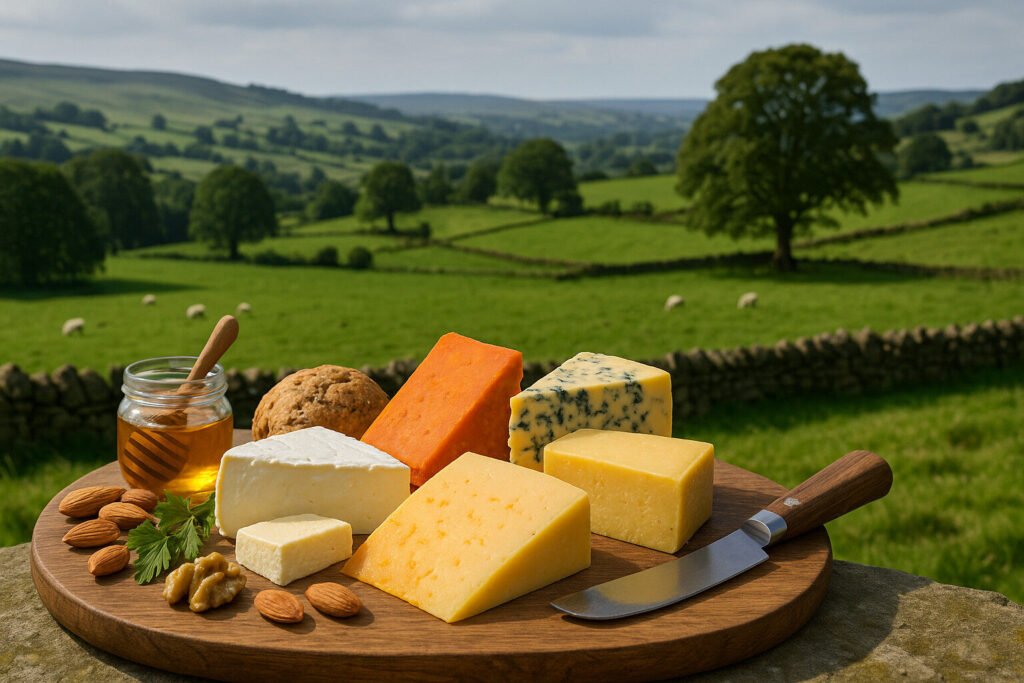Cheese Of The British Isles
Definition and Scope
Cheese of the British Isles refers to dairy products originating from England, Scotland, Wales, and Ireland. These cheeses are primarily made from cow’s milk, though some use sheep’s or goat’s milk. They encompass a wide range of styles, from hard cheddars to soft, bloomy-rinded varieties.
The category is defined by traditional production methods passed down through generations. It includes both farmhouse cheeses made on single estates and larger commercial productions. This diversity reflects the varied terroir and rich dairy heritage of the region.
Production Techniques
Many British Isles cheeses undergo a process called cheddaring, where curds are stacked and turned to expel whey. This technique is essential for creating the dense, crumbly texture found in traditional Cheddar and similar cheeses. Other methods include pressing and cloth-binding to form the final wheel.
Aging, or maturation, plays a crucial role in developing flavor and texture. Some cheeses are aged for a few weeks, while others mature for several years. The use of specific bacterial cultures and rennet types further distinguishes the production techniques across different varieties.
Sensory Profile
The flavor profiles range from mild and buttery in young cheeses to intensely sharp and complex in aged ones. Textures vary widely, including crumbly, creamy, firm, and semi-soft consistencies. Many cheeses exhibit earthy, nutty, or tangy notes influenced by their aging environment.
Aromas can be milky and fresh or deeply pungent in washed-rind varieties. The rind itself contributes to the sensory experience, whether it is natural, waxed, or mold-ripened. Color ranges from pale white to deep golden, depending on the milk and annatto usage.
Culinary Uses
These cheeses are central to British and Irish cuisine, commonly served in ploughman’s lunches and on cheese boards. Hard cheeses like Cheddar are excellent for cooking, melting smoothly in sauces, sandwiches, and baked dishes. They pair well with ales, ciders, and crusty bread.
Softer varieties such as Brie-style cheeses are often enjoyed at room temperature to maximize flavor. Blue cheeses from the region are crumbled over salads or incorporated into savory pastries. Their versatility makes them suitable for both simple snacks and gourmet recipes.
Regional Examples
England is famous for Cheddar, originating from Somerset, and Stilton, a protected blue cheese. Double Gloucester and Red Leicester are other notable hard cheeses with distinct colors and flavors. Cornish Yarg is a modern classic wrapped in nettle leaves.
Scotland produces Orkney Scottish Island Cheddar and Caboc, a rolled cream cheese. Wales is known for Caerphilly, a crumbly white cheese, and Perl Wen, a soft brie-style variety. Ireland contributes Cashel Blue and Durrus, a farmhouse washed-rind cheese.

